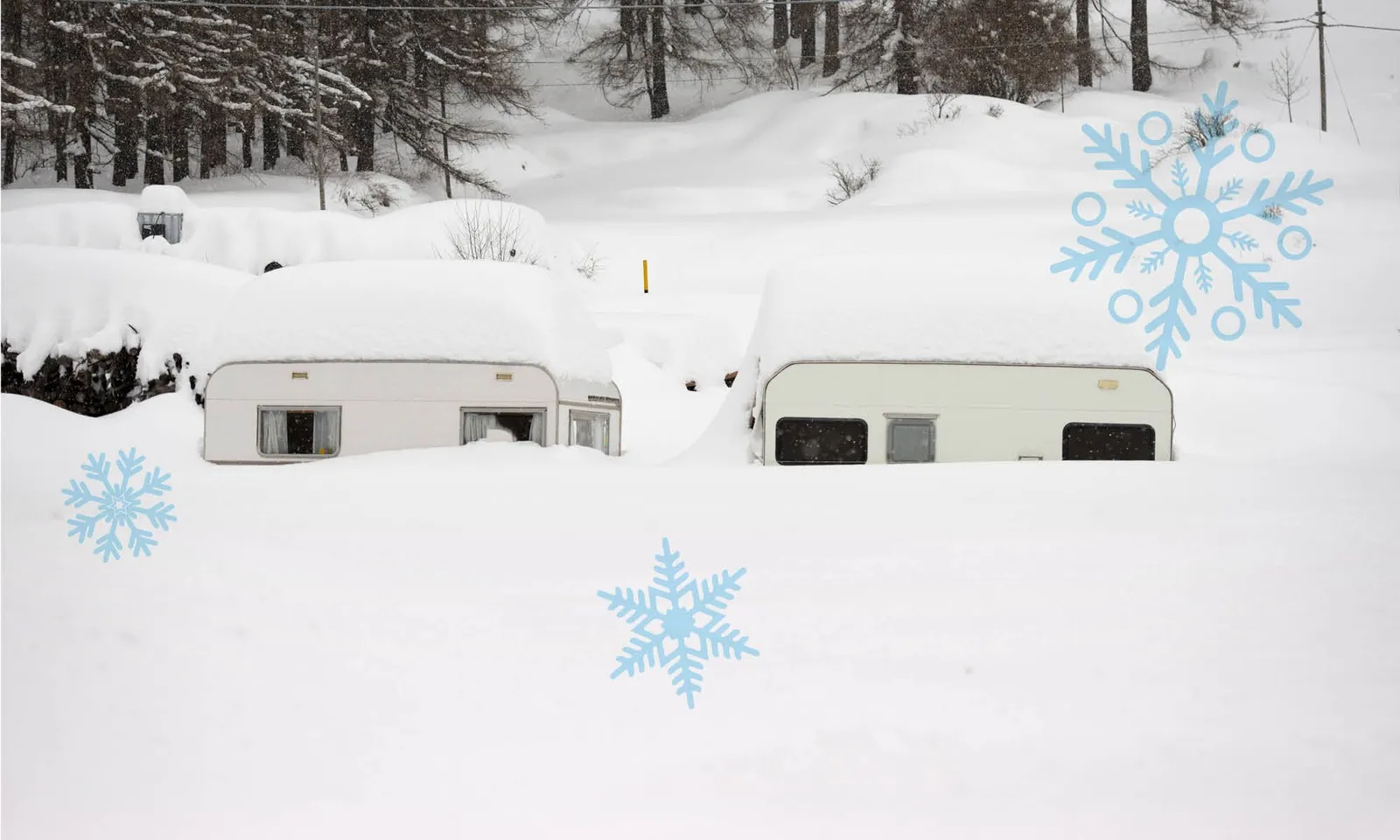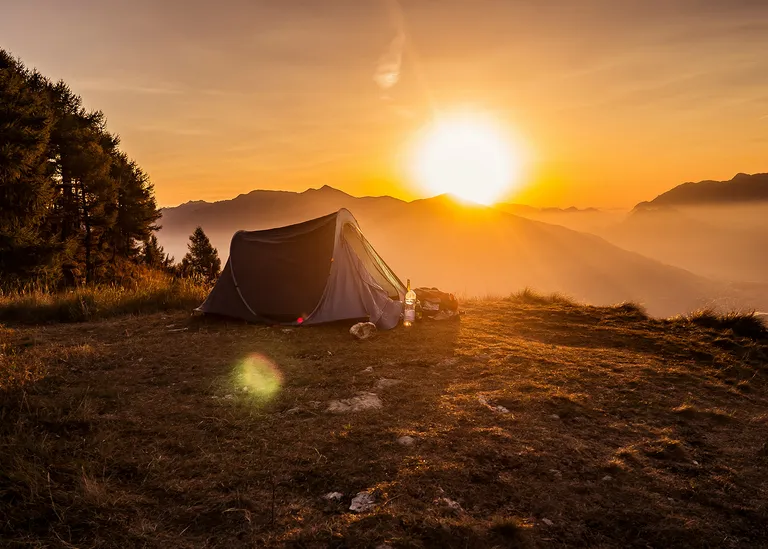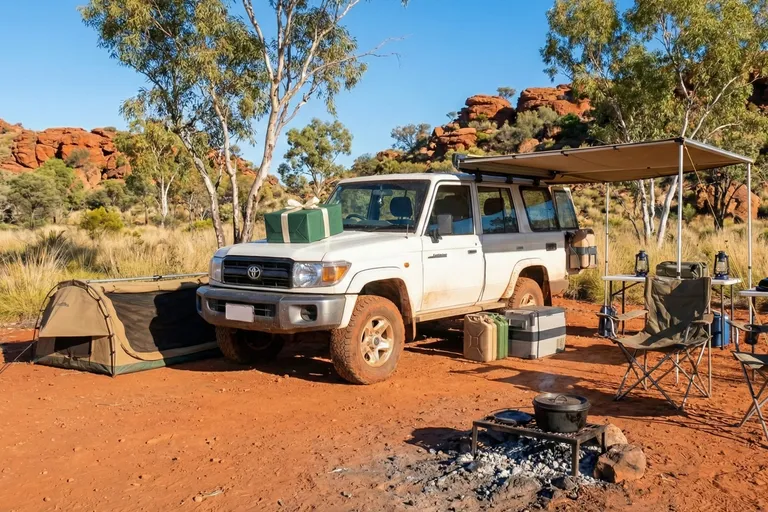Article by RV Daily
Words Grant Hanan and Linda Bloffwitch, images My Aussie Travel Guide
While any time is a great time to be travelling, this time of year is perfect when the seasons are changing. The nights are cooler, and there’s possibly even some frosty mornings as we get closer to winter. If you’re getting ready to hit the road and want to know how you can keep warm in your set-up, let’s look at the RV heating solutions available… and how diesel heating is becoming the ever-increasingly popular trend among caravanners.
TYPES OF HEATING
When you look at adding a heating solution to your RV as an aftermarket retrofit, there are three mainstream heating categories to consider: 240V electricity, LPG gas or diesel.
240V Electricity
If you’re the type of traveller that is going to spend every night in a caravan park where you’re already paying for the privilege of a 240V power supply, then opting for a reverse-cycle air-conditioning unit isn’t a bad way to go. However, it’s not a cheap exercise when they’re expensive to purchase (and have installed), and if you already have an air-conditioner for cooling only, then it’s an expensive changeover. You can always travel with a small portable heater as an alternative – but they can be a nuisance and easily become a trip hazard.
If you decide to camp away from a mains electricity supply, then your only option is to travel with a generator. Keep in mind that the significant power heating draw means the generator will need to be a larger type.
LPG Gas
While most caravans and other RVs use gas for cooking, gas is also used for heating water and operating absorption-style fridges that are fitted with burners when away from 240V electricity. So there’s advantages to adding a gas-style ducted heating solution, given you already have a fuel supply in place. In addition, the units run relatively quietly, and the fuel is clean-burning. On the flipside, these units need to be installed by a certified gas installer; regulations dictate how and where they can be located; and you’ll need adequate 12V capacity to run the unit. And with an increase in demand on your LPG gas supplies, finding LPG when travelling remotely can be difficult.
Diesel Heating
With diesel fuel readily available throughout Australia, many travellers are choosing the diesel option for their heating solution – especially as it doesn’t impact on LPG supplies. However, it does require some 12V capacity to run. Due to the increasing trend of adding diesel heating as a retrofit, suppliers now offer installation kits for the competent DIYer… which can save you a considerable amount of money when you do it yourself. If you’re considering this move to heat your caravan or camper, we’ve put together this yarn to help that process.
WHY DIESEL?
In colder climates such as Europe, diesel-fuelled engines require a form of pre-heating when in sub-zero climates. This concept of using a heat exchanger with diesel fuel has been modified, improved, and applied to motorhomes for a suitable heating solution (as many motorhomes are diesel-fuelled). The natural progression for this type of heating for motorhomes soon extended to boating, caravanning and campers. With the rapid demand for this type of heating, there have been new suppliers entering the market – which has brought competition into this sector. Today there’s a range of products available as OE for aftermarket fitment.
WHAT’S IN A KIT?
Let’s look at what components make up the Dometic Eberspächer diesel heater kit, and we’ll walk through the process of how they all work together.
- Diesel fuel – while diesel motorhomes have an on board diesel storage tank that you can simply tap into, you’ll need to install some form of diesel storage tank for a caravan or camper.
- Hosing – is used to direct the diesel from the tank through a pump and then to the heater unit.
- Pump – is designed to deliver the right amount of fuel and is installed between the diesel tank and the heater unit.
- Heater unit – where all the heat is produced… the design characteristics vary among the brands.
- Intake air and exhaust gases – both are managed via ducting filters and mufflers.
- Ducting and outlets – are used to direct the atmospheric air inside the RV to the appropriate locations.
- Wiring harnesses – contain the fusing circuits and connections to direct the on board 12V power to all the components in the system.
- Electronic control board – uses micro circuit processors to control all the functions; from metering the diesel pump, to the combustion process and fan speeds in the heater unit, along with start-up and shut-down procedures and fault-finding diagnostics.
HOW IT WORKS
The RV’s cold ambient air is directed via an intake duct so it passes over a hot cylindrical metal surface, thus heating the air as it passes by. Ducting then continues to be used to direct the fan-assisted air to an outlet, where the warm air is pushed out of the duct and enters the RV. This process is repeated over and over, resulting in heated air throughout the RV’s interior.
WHAT TO PURCHASE
We spoke with John Lewis from Plenty River Plumbing who has been in the caravan industry for 40 years. John’s advice when purchasing a diesel heating solution is to look for units that have good quality parts and come with a muffler – as they otherwise may be noisy and costly to operate.
He also says to check that the warranty covers you Australia-wide and service dealers are available in all States.
KEY INSTALLATION POINTS
While reputable diesel heating brands come with very good installation instructions, RVs are all different when it comes to size, construction techniques and materials used. Here are just a few points worthy of consideration before making that purchase. Discuss these with sales staff who have the experience and knowledge to answer – so you can buy with confidence and know your chosen unit will work for your RV.
- Where to mount the heater unit, as it needs adequate clearance around it.
- What is the distance between the fuel tank and heater unit? The closer, the better – and use gravity to your advantage.
- Consider protection under your RV (i.e. for flying stones) to avoid any damage.
- The wiring to the 12V supply needs to be fused and the cable size adequate – all wiring also needs to be protected and well insulated.
- Consider the location of the control switch and thermostat for the best operating efficiency.
- Consider where to mount the air intake in relation to the heated outlet air, to maximise air circulation in your RV.
- Think about whether you would like zones, multiple ducts and outlets; and how will these be installed.
- Consider what direction the combustion exhaustfumes and outlet will face in relation to neighbours, vents and window openings.
- Take the time to work out how to keep dust out of the exhaust when you’re travelling on dirt roads.
OTHER PURCHASING CONSIDERATIONS
- Determine where the diesel tank can be safely installed on your RV, prior to purchase.
- Do you have adequate payload allowance to add the weight of the diesel heater and a full tank of diesel?
- Consider buying your kit from a specialist who has a proven track record. Look for a unit that comes with warranty and has service agents right throughout Australia.
- Kits can be installed by a competent DIYer, but it’s recommended to have yours fitted by a professional if you lack the knowledge and experience (particularly with the electrics).
- Investigate how many Amps the unit will draw from your house batteries, as not all units are designed the same.
MYTHS AND MISCONCEPTIONS
You only need to sit around with others to hear all sorts of comments and opinions about diesel heating. So let John Lewis set the record straight, with some Q&As.
Is diesel heating noisy?
Diesel heaters that make a ticking noise and sound like jet engines taking off can often be traced back to poor installation and cheaper-end kits. The fuel pump needs to be installed with rubber mounts and insulated to prevent drumming through the chassis rail. The better kits come with intake silencers on the fresh air intake, and how these are positioned is important for noise.
As a DIY project, is there any risk I can cause a fire if I install it incorrectly?
Fitting a diesel heater can be achieved by a competent DIYer who also has a good understanding of electrics. Ensure you follow all installation instructions, paying particular attention to the exhaust pipe and muffler. Secure the exhaust pipe well clear of all plastics and appliances such as the hot water service, and avoid placing the muffler outlet too close to open windows.
Should diesel heating smell?
Not inside the RV, unless windows are left open and the wind blows up. As a combustible fuel, the smell can be greater outside upon start-up but reduces once running – similar to a generator.





